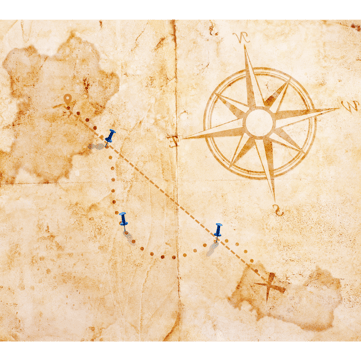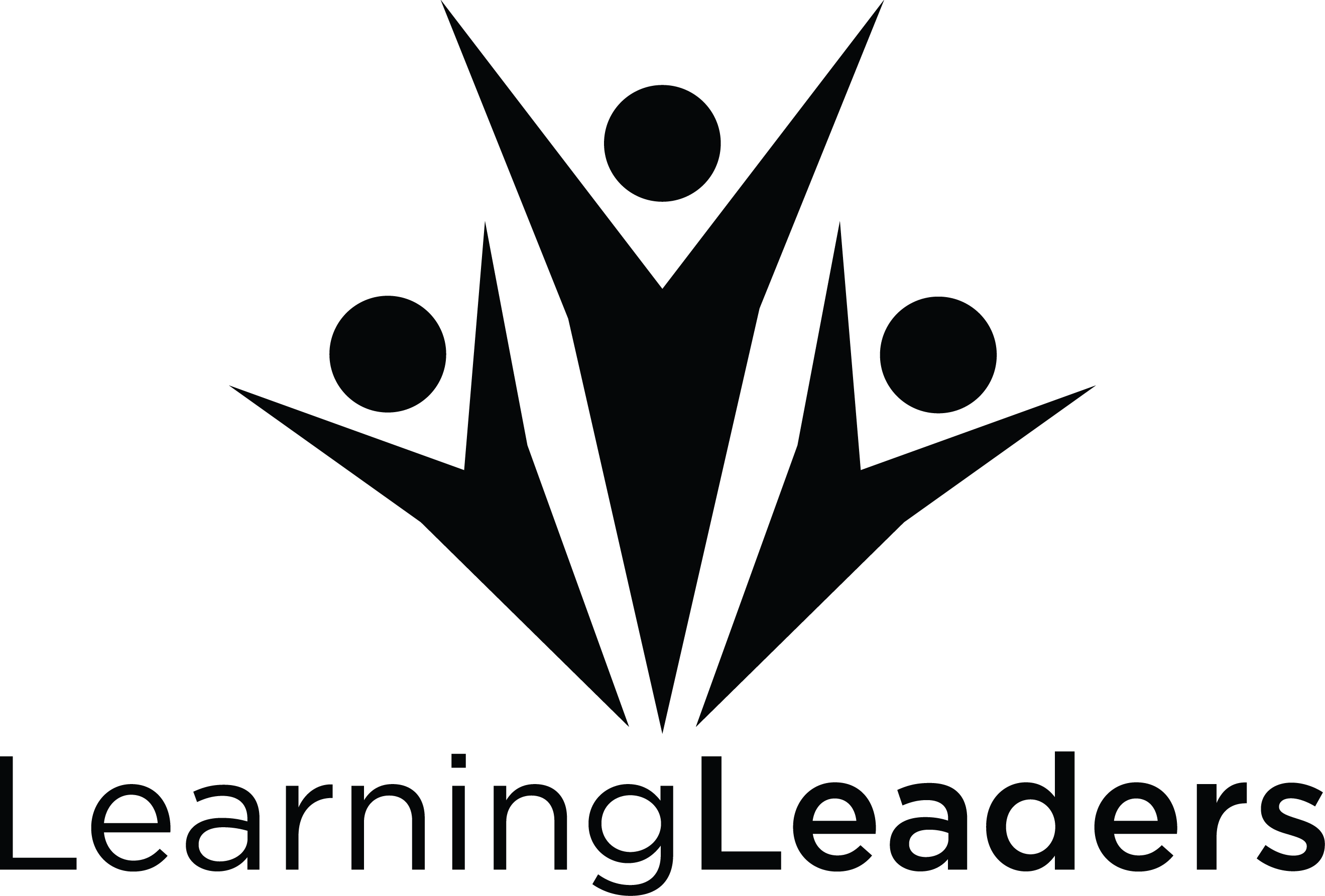Why do we use Backwards Planning and What are the Steps?
Backwards planning is a useful tool for generating Action Plans to accomplish your goals. An Action Plan is essentially a comprehensive list of steps that must be taken for your goal to be accomplished. While an Action Plan is not a panacea to completing a goal and will not accomplish your goal by itself, an Action Plan does a few helpful things:
- Action Plans always let you know what the next step is to take
- Action Plans allow you to foresee difficulties that might arise when completing your goals
- Action Plans clarify if you currently have all the resources you need to accomplish your goals
- Action Plans automatically document the process used to complete a project (which creates the template for a Standard Operating Procedure - thus, the more robust your Action Plan is, the less work that needs to be done to create an SOP after the fact!)
Action Plans can take the form of checklists, excel spreadsheets, Gantt Charts, Resource Allocation Charts, or any other of myriad forms. Everyone likes to keep track of their projects differently (some with checklists on notecards, others with their calendars, and others with a classic To-Do list on paper, using special software, or in their phones). And that's ok! What is important is that you have a method to the madness.
Before a complete action plan can be created, it is helpful to understand why backwards planning is a useful tool for generating the Action Plans.
Similar to a speech in a debate, a lesson plan for a coach, or any time in which you want your audience to learn something, we must begin with the end in mind - the desired future outcome. What is next is to choose the actions that are most likely going to help you arrive at your goal in the time you have set for yourself. These can serve as checkpoints along the way to help guide you to achieving your goal in the most efficient manner and with the greatest degree of certainty. Imagine a treasure map, for example. At the lower-right corner of this map is a treasure chest, of which to discover your ultimate goal. At the upper-left corner of the map is your starting point. There are many ways to get from the upper-left to the lower-right. You could go in an aimless and meandering line, you could go in a perfectly straight line, or you could go in a slightly wavy line.
Before you select which path to take, place three checkpoints along the way. Connect the dots from the upper-left to the lower-right. Now, not only are you getting closer to your end goal as you move along, but you also receive reassurance that you’re on the right path.
Determining these checkpoints is essential to backwards planning. Just like on the journey to for the treasure chest, there may be a river or forest in the way of your expedition. To account for that before setting out on the journey will save you time, effort, and frustration once the journey has started.
Keys To Successful Backwards Planning
Begin with intent (The WHY). Why are you reaching for success in the first place? If you cannot answer this question, goal-setting in its entirety is useless. When the going gets tough, you feel dispirited, and you ask your inner self, “Why am I doing this, anyways?” if you do not have a cogent and spirited answer, you will be hard- pressed to reach your goal.
First, realize the WHY (the intent, the reason for setting the goal in the first place)
Then, determine WHAT success looks like (the content, the perfect future world). This involves a more detailed description of the desired future outcome or what the perfect future world looks like.
Determining the MEASUREMENT (unit of measurement defining success) of that success is crucial, because as we know, “What gets measured gets managed.” Then, specifically, what quantifiable or absolute measure can you identify that will be reflective of success of the goal?
This is the METRIC (the tally/amount/quantity defining success).
Finally, realize the MILESTONES of the project (HOW it will be achieved and by WHEN). This includes realizing the finish line, the starting point, conducting gap analysis between the two, and finally creating an Action Plan. What checkpoints along the way can you use efficiently to track progress and notify you of your upcoming success?
Begin with the final goal. Then determine the previous checkpoint, the checkpoint before that, and then the checkpoint before that (all the way to where you are today). That is the essence of Backwards Planning.
Keep reading to learn more about the Leadership Theory.
